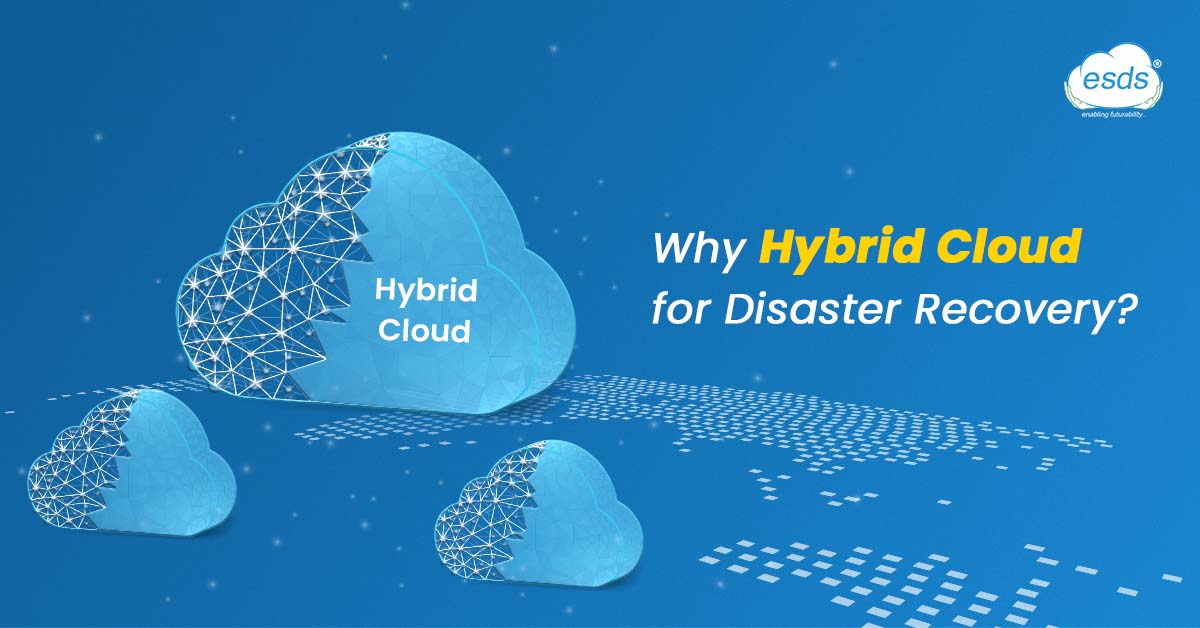So you have an on-premises data backup, but is it sufficient for a business continuity plan?
Many businesses these days work on various cloud deployment models; some majorly used cloud deployment models are public cloud, private cloud, and the mix of public and private, which is the hybrid and multi-cloud model.

If your business needs a perfect deployment model, talk to our Solution Architect now.
Here is a gist of different cloud deployment models:

Public cloud
The term “public cloud” refers to computing services made available to anybody who wishes to use or buy them via the public Internet by third-party providers. In addition, free or on-demand sales options are available, allowing users to pay only for the CPU cycles, storage, or bandwidth they use.
Private Cloud
Private cloud deployment is a cloud computing model that provides dedicated resources to a single client. The private cloud offers similar benefits to the public cloud, such as scalability and self-service, but via a proprietary architecture. In contrast to public clouds, which provide services to numerous businesses, private clouds, often referred to as internal or corporate clouds, are focused on the requirements and objectives of a single enterprise.
Hybrid Cloud
A hybrid cloud is one in which applications run in many environments simultaneously. Because nearly no one nowadays relies only on the public cloud, hybrid cloud computing options are becoming increasingly popular. Over the last few decades, many of you have invested millions of dollars and hours in on-premises infrastructure. Combining a public and private cloud environment, such as an on-premises data center, and a public cloud computing environment, such as ESDS Cloud, is the most typical hybrid cloud example.

No comments:
Post a Comment